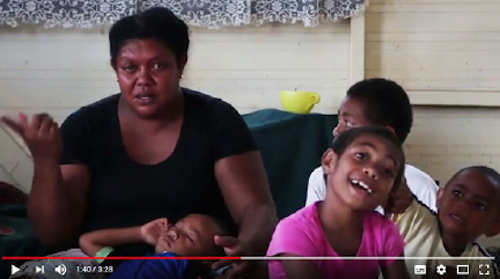By David Robie
As critical issues such as climate change, exploited fisheries, declining human rights, and reconfiguration of political systems inherited at independence increasingly challenge the microstates of Asia-Pacific, approaches to news media and journalism education are also under strain.
University–based journalism education was introduced to the South Pacific in Papua New Guinea at independence in 1975 and in Fiji at the regional University of the South Pacific in 1987, while Technical Vocational Educational and Training institutions have been a more recent addition in the region.
Some scholars argue there is little difference between Pacific and Western approaches to journalism, or that some journalism schools are too focused on Western media education, while others assert there is a distinctive style of journalism in Oceania with cultural variations based on the country where it is practiced and parallels with some approaches in Asia such as “mindful journalism”.
This paper examines a “Pacific way” journalism debate which echoes a regional political concept coined by the late Fiji president, Ratu Sir Kamisese Mara.
The paper argues for a greater appreciation of the complexities of media cultures in Pacific nations and proposes a more nuanced, reflexive approach to journalism in the Pacific region.
This is reflected in a “talanoa journalism” model that is a more culturally appropriate benchmark than monocultural media templates.


